Dhaka, once known for its lush trees and open spaces, is rapidly expanding in its quest to become a modern megacity, but this growth is coming at the cost of its natural environment, causing a sharp decline in greenery and raising serious concerns about the city’s liveability and air quality.
While modern amenities like air conditioners are becoming increasingly common in homes and offices, the city’s tree cover, an essential part of the natural ecosystem, is shrinking at an alarming rate.
Once known as the ‘City of Gardens’, Dhaka has undergone a massive transformation since 1981. With urban expansion, infrastructural development, and poor environmental governance, the capital has witnessed a staggering depletion of its green canopy, particularly trees.
The unplanned growth of the megacity has come at the cost of thousands of trees, intensifying the city’s vulnerability to heat, air pollution, and climate change.
According to a 1981 survey by the Urban Development Directorate (UDD), approximately 19% of Dhaka’s land area was covered with tree canopy, parks, and urban green spaces.
Satellite images from the early 1980s indicate that major areas such as Ramna Park, Suhrawardy Udyan, and even residential neighborhoods like Dhanmondi, Mirpur and Uttara had a significant presence of roadside and household trees.
In numerical terms, an estimated 170,000 to 200,000 mature trees were documented in the core city area (within the DCC zone at the time).
Experts point out that the rate of deforestation in Dhaka is outpacing the speed of modernization. With new buildings, roads, and commercial complexes replacing parks and open spaces, the balance between urban development and environmental sustainability is under threat.
“Infrastructure is expanding, but unfortunately, it’s coming at the expense of the environment,” said Dr. Rehana Karim, an environmental scientist.
“Trees are being cut down to make space for high-rises and commercial zones. The lack of green cover is already contributing to rising temperatures and poor air quality,” she said.
Residents also express concern. “Air conditioners are everywhere now, but they don’t replace the comfort and health benefits of natural shade,” said Tarek Rahman, a resident of Mirpur. “We are losing the very things that made the city livable,” he said.
A city Overheating
As of 2025, total tree count in Dhaka city stands at fewer than 50,000 mature roadside trees, according to Dhaka North and South City Corporation environmental departments while urban green space has dropped to below 6 percent of the city area.
But per capita green space: 0.42 square meters, far below the WHO recommendation of 9 square meters per person.
Dhaka’s urban heat island effect has increased average summer temperatures by 2.2°C since 1981 while the unplanned city consistently ranks among the top 5 most polluted cities in terms of PM2.5, partly due to the loss of natural air filters -- trees.
Environmental groups are urging the government to implement stricter policies for urban planning that include mandatory green zones and tree plantations. Without immediate action, they warn, Dhaka may face severe ecological consequences, including intensified heatwaves, increased air pollution, and a decline in public health.
Deforestation by the Decade
As the capital balances growth with sustainability, the challenge remains: can Dhaka modernize without sacrificing nature?
From 1981 to 2025, Dhaka’s population grew from 3.4 million to over 23 million, leading to an explosion in construction:
1981–1991: The early signs of rapid urbanization, with tree loss of about 10,000–15,000 due to road expansion and new housing plots.
1991–2001: Accelerated loss during the post-liberalization construction boom; estimates suggest a decline of 25,000–30,000 trees.
2001–2011: With flyover construction (e.g., Mohakhali, Khilgaon) and mass real estate development, nearly 40,000 trees were lost.
2011–2021: Rapid metro rail and expressway development led to the felling of over 50,000 trees, with areas like Uttara, Farmgate, and Shahbagh seeing major loss.
2021–2025: Despite afforestation policies, ongoing construction and weak implementation continue to reduce tree cover. 5,000–8,000 trees lost in just four years.
Alarming rise in Air Conditioner use signals heat
Once a luxury item reserved for the wealthy, air conditioners (ACs) have now become a near-necessity in Dhaka’s sweltering climate, but experts warn that the explosive growth in AC usage is not just a symptom of rising urban temperatures, it’s also worsening the city’s energy stress, air pollution, and social inequality.
According to the Sustainable Energy Authority of Bangladesh (SEAB), AC ownership in Dhaka has more than quadrupled over the past 15 years, jumping from around 150,000 units in 2010 to over 750,000 in 2024.
Nearly 1 in every 3 middle-income households in the capital now owns an air conditioner, a number expected to rise as temperatures continue to soar.
This surge in cooling demand is directly linked to Dhaka’s urban heat island effect, which has pushed summer temperatures 2.2°C higher on average since 1981, according to the Department of Environment.
Cooling for some, heat for all
ACs now account for nearly 40% of residential electricity consumption in Dhaka during summer months, straining the national grid and increasing reliance on fossil fuel-based power generation.
“While wealthier households cool themselves with ACs, poorer communities suffer from blackouts and suffocating heat,” said Faruk Hossain, an urban rights activist. Slum dwellers and low-income workers remain the most vulnerable.
Older AC models release hydrofluorocarbons (HFCs) — potent greenhouse gases. Without proper regulation, Dhaka’s cooling boom could undermine the country's climate goals under the Kigali Amendment and Paris Agreement.
“If Dhaka had preserved its trees, parks, and ventilation corridors, people wouldn’t need artificial cooling at this scale,” said Architect Shirin Kabir, a green building expert. “We’re building cities that require machines to make them livable.”
Executive Director of Mission Green Bangladesh Ahsan Rony told UNB that reforestation is vital for Dhaka to tackle extreme heat, air pollution and the rapid loss of green spaces.
"Reforestation in Dhaka is not just an environmental need—it’s a survival strategy. The city is losing its green cover fast, and with it, clean air, shade, and biodiversity. That’s why I started the Green Volunteer Program through Mission Green Bangladesh—to engage young people directly in greening the city,” he said.
The young talent said they organize tree plantation events, run awareness campaigns, and build small urban forests like the one with 55 Kodomtola Initiative. “My goal is to make environmental action accessible, hands-on, and community-driven. I believe every tree we plant today is a promise for a better, healthier Dhaka tomorrow,” he said.
Government and NGOs have launched several tree plantation campaigns. Since 2020, over 100,000 saplings have been planted, but less than 30% survive beyond the first year due to lack of maintenance, vandalism or neglect, poor selection of species (non-native or weak-rooted ones).



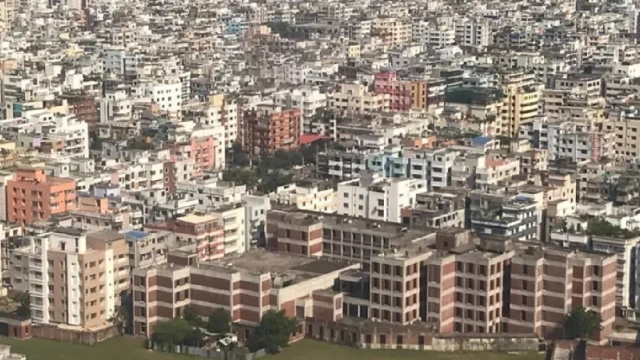

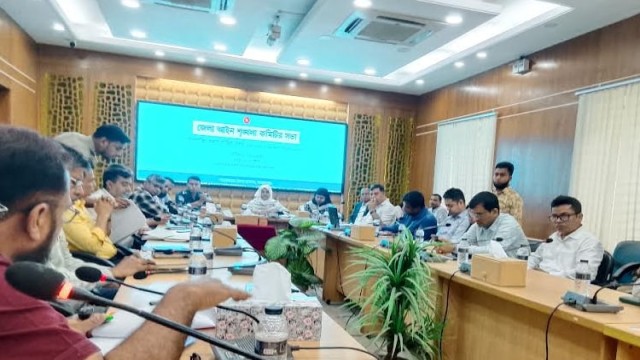
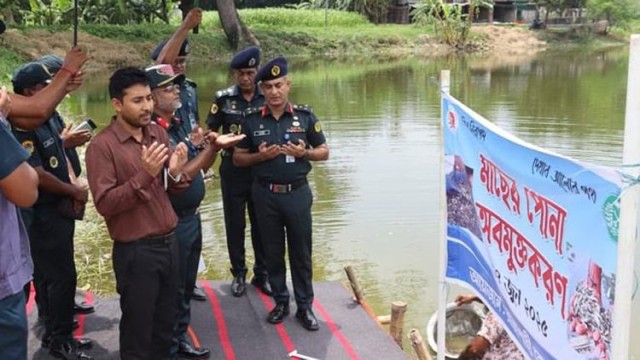

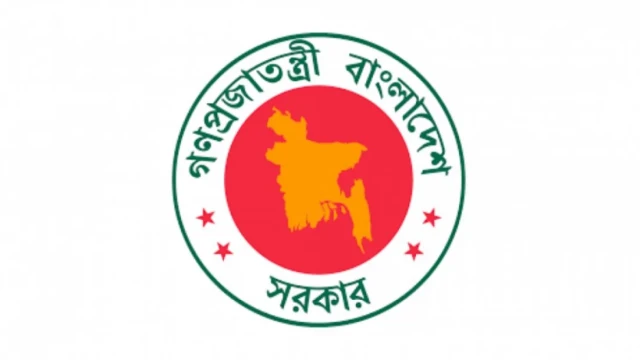
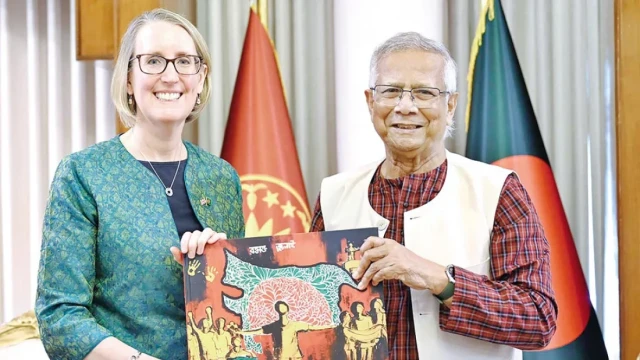
Comments here: